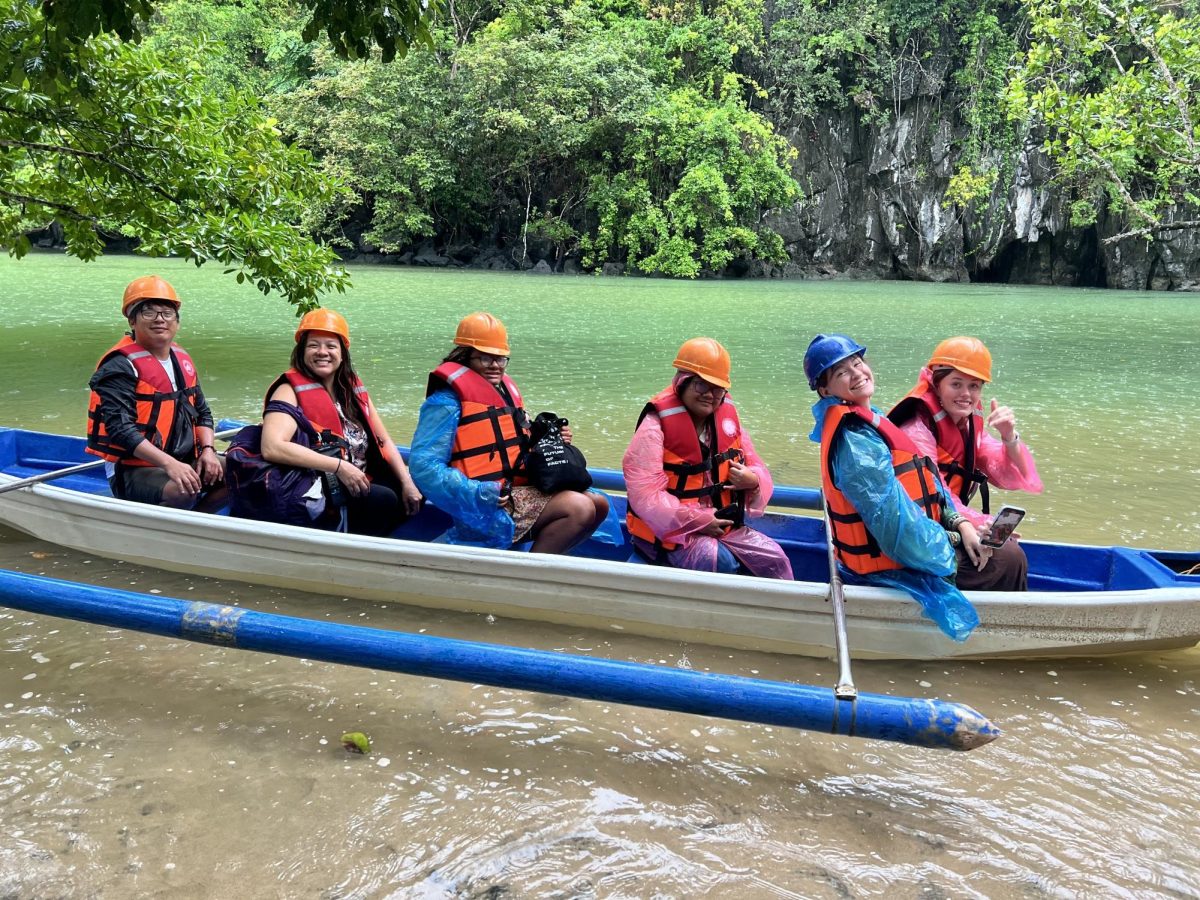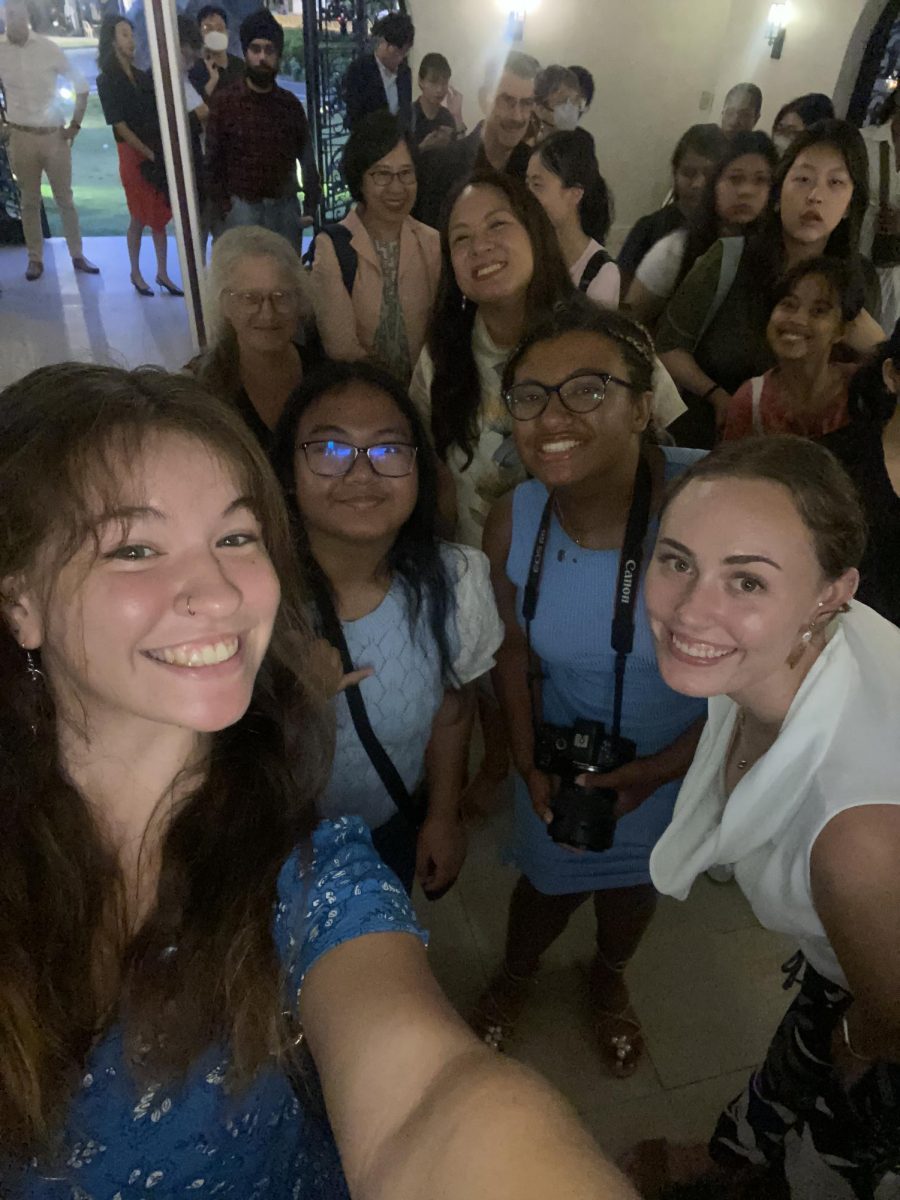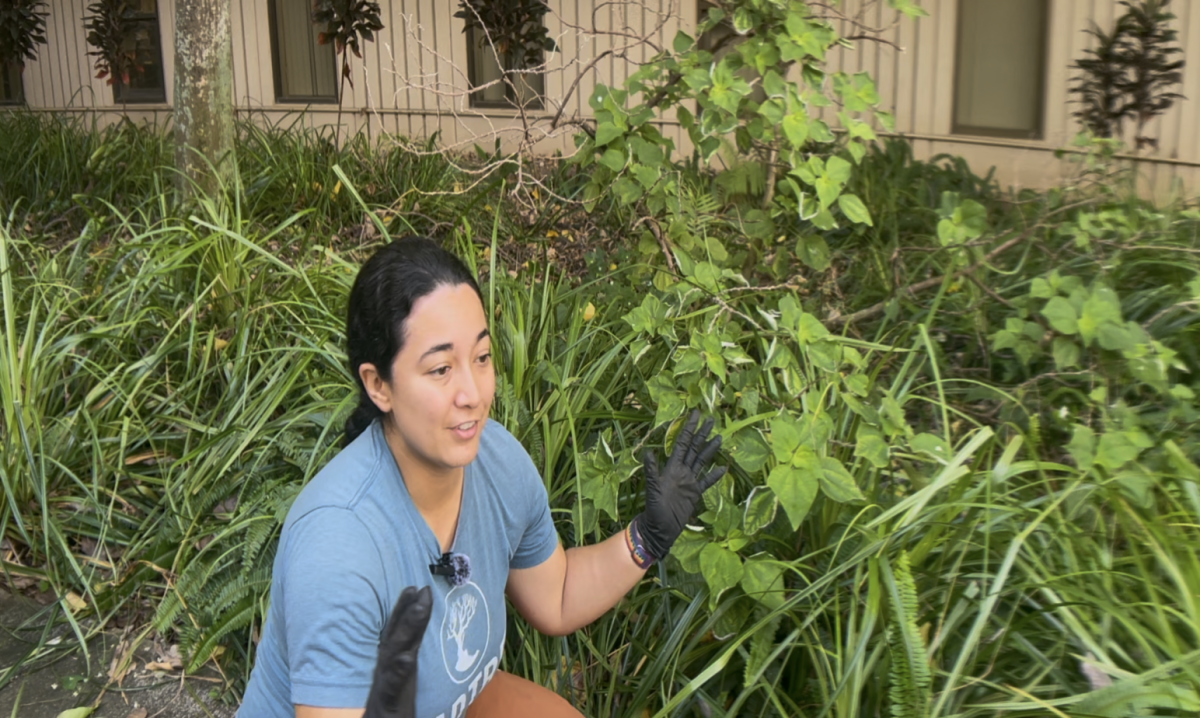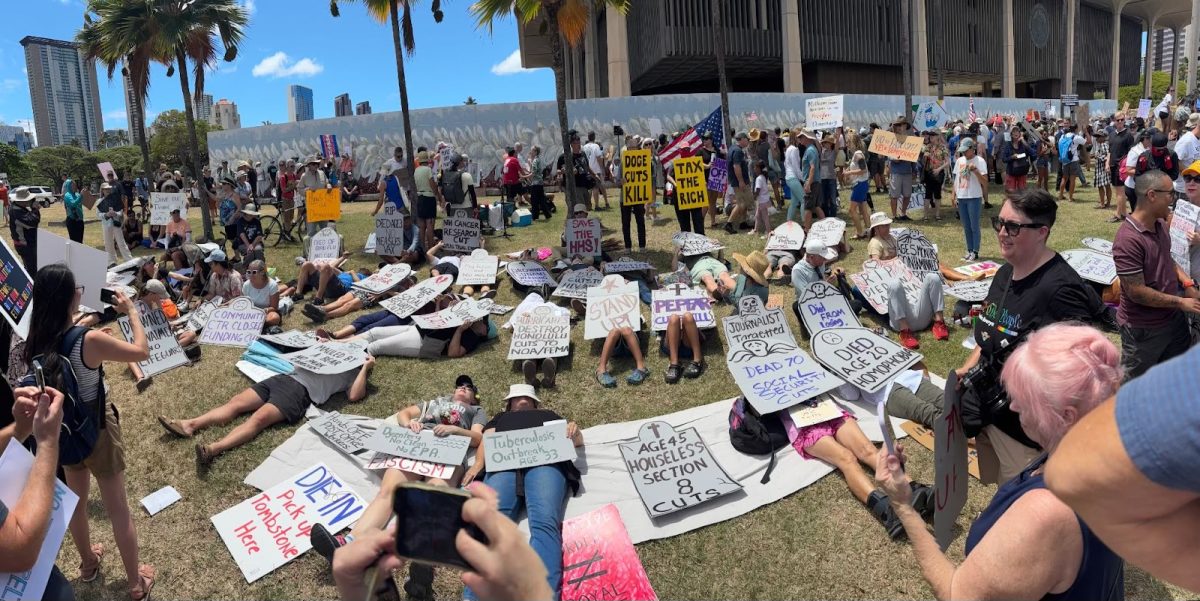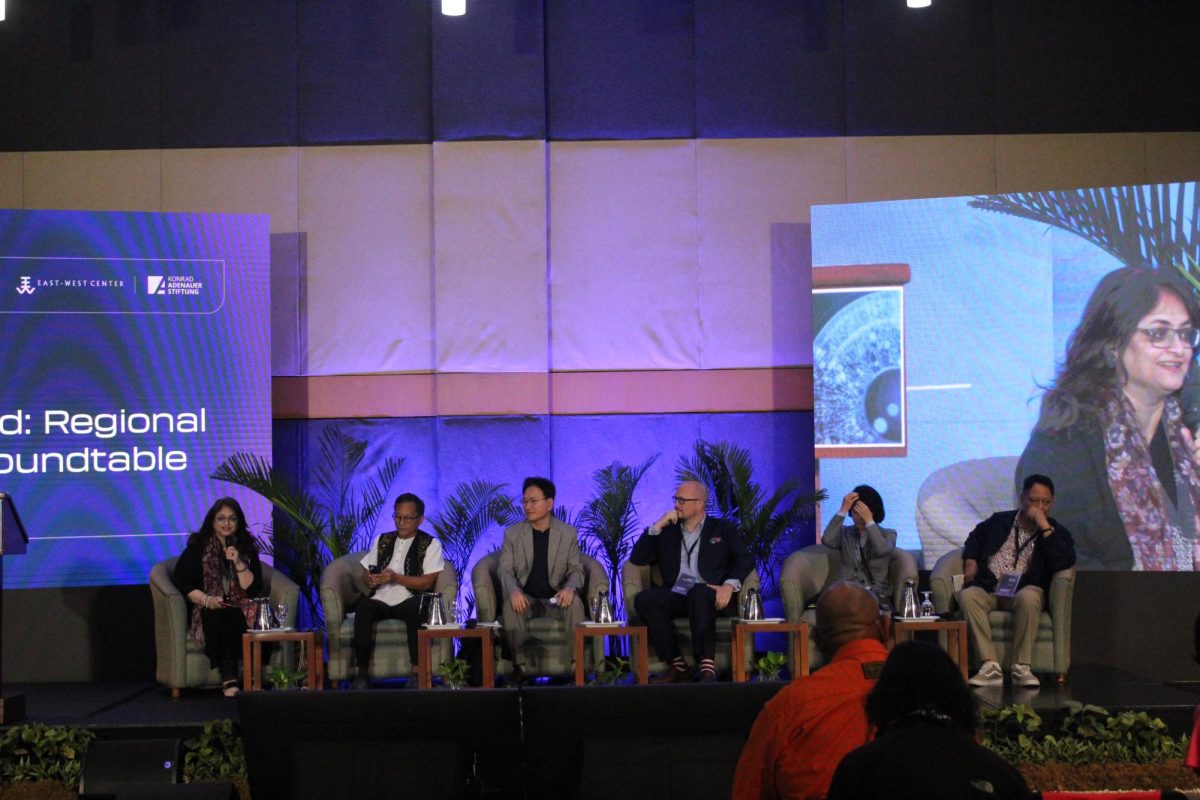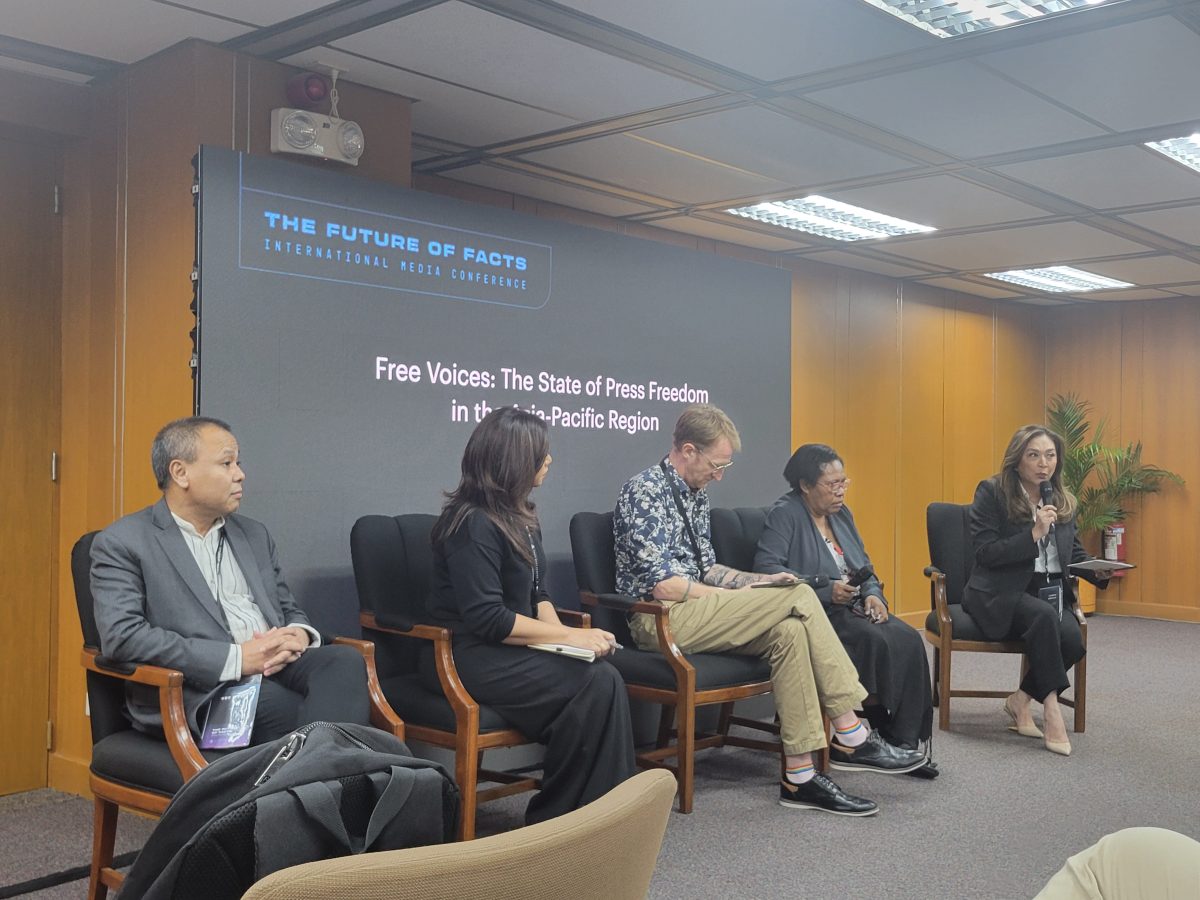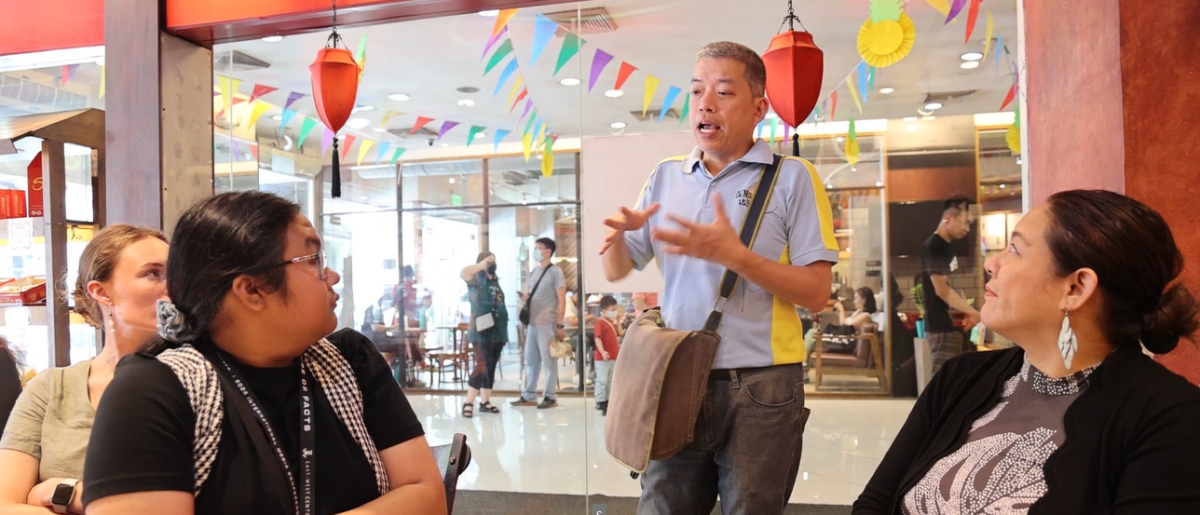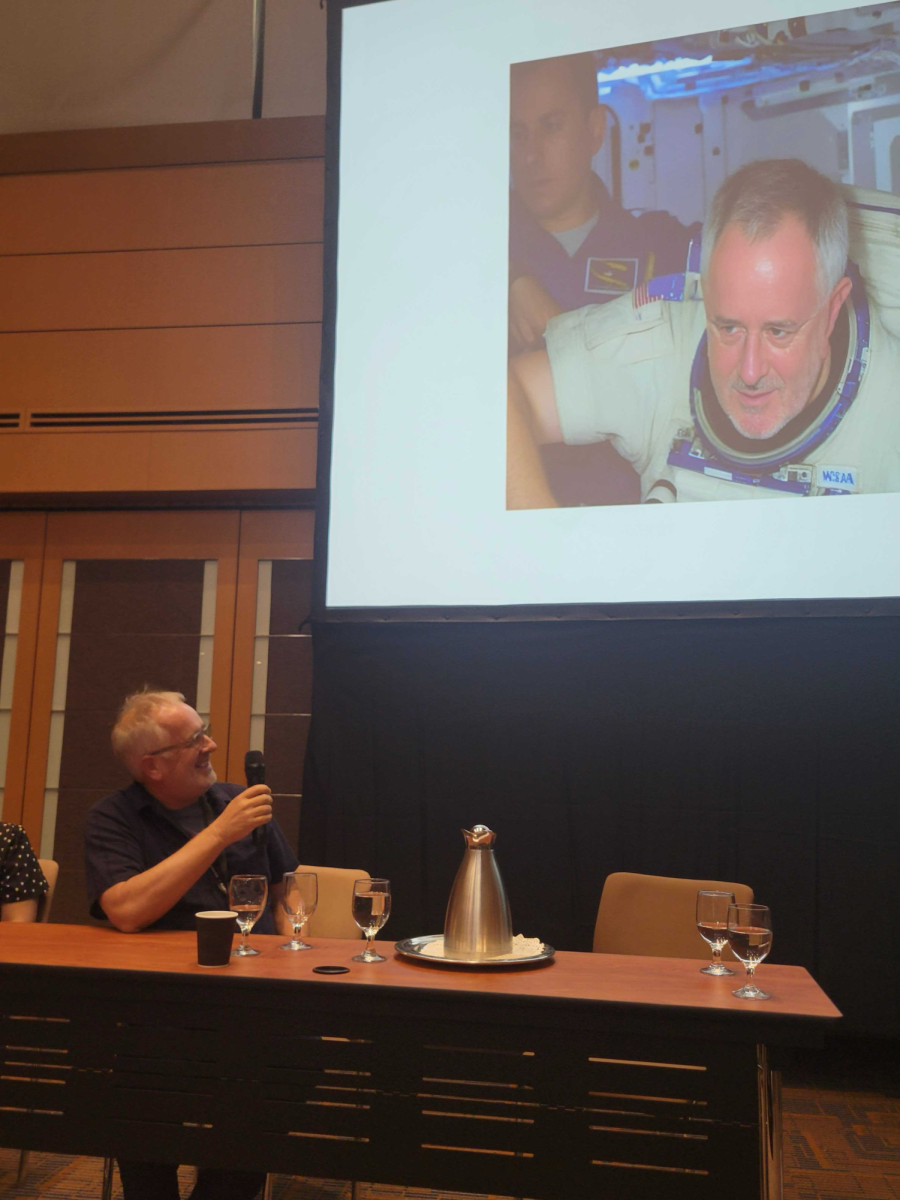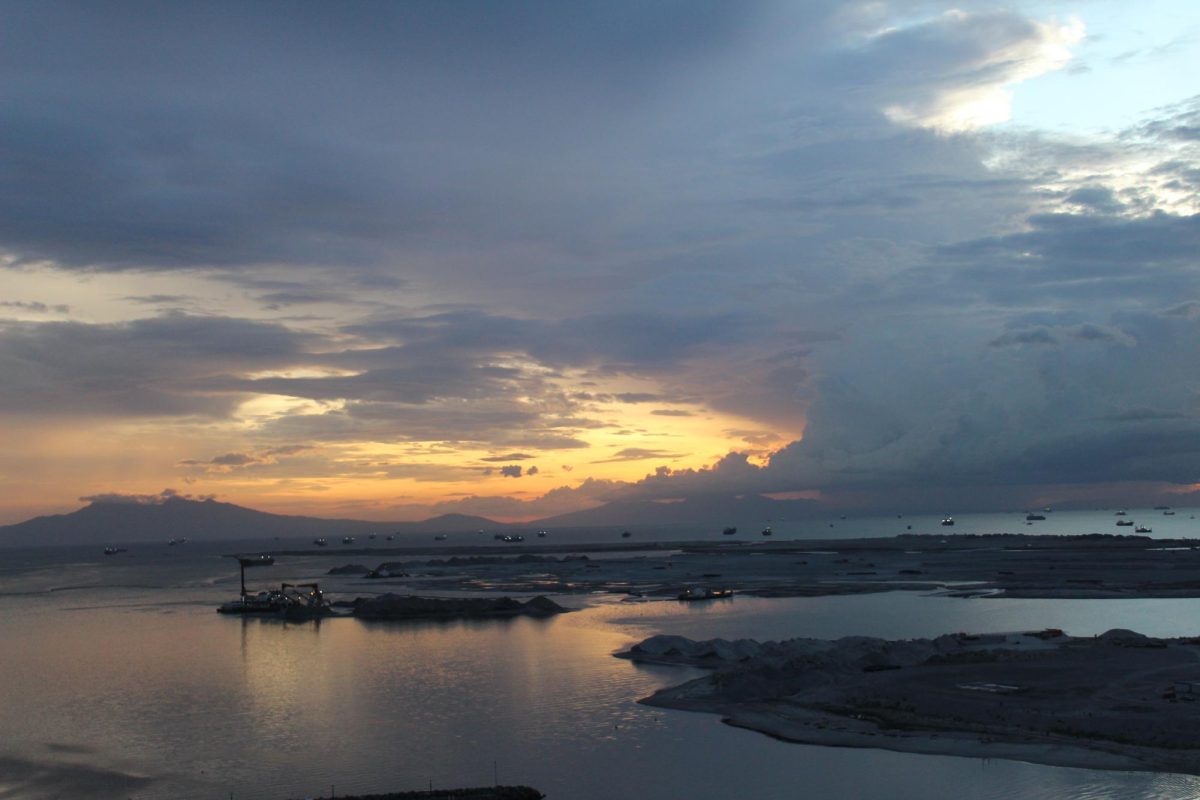As global travel continues to evolve post-pandemic times, with the influx of social media exposure, tropical destinations such as Hawaii and the Philippines have become even more of a bucket-list hit. Tourism, as we know, is a vital part of the global economy and contributes largely to most country economies, while simultaneously offering insight into the cultures of foreign lands. Hawaii and the Philippines are two prominent tropical destinations that garner millions of tourists annually.
As someone who has visited both countries, it’s interesting to compare the two.
Living in Hawaii means I can experience both the tourism facade as well as the realities of living in such a high-cost economy that relies heavily on the number of visitors. Simultaneously, I’ve come to learn the challenges that come with living in such a place, how it affects locals and the problem with coining the lands as a “paradise”.
Hawaii has established itself as a destination that focuses on luxury and comfort, widely known for its upscale resorts, beautiful beaches and (a somewhat) developed infrastructure. Many developers come from overseas and exploit the land and the culture to market it as a tropical paradise. The islands are marketed to attract those looking for a relaxing and high-end experience. Oahu, Maui, and Kauai all offer polished and seamless tourism experiences where visitors can let all their worries slip away as they enjoy Mai Tai’s on a beach lounger and chase after dolphins and endangered monk seals.
In contrast, the Philippines, the Southeast Asian archipelago, offers a more varied landscape with over 7,000 islands in which both tourism and infrastructure can range from luxurious resorts in popular destinations such as Boracay and Palawan islands to more modest accommodations in less developed areas. The diversity allows the country to cater to versatile budgets and traveler experiences.
My trip to the Philippines offered insight into both the urban and rural communities and how reliant the different places are on foreign visitors.
In Manila, we spoke to locals who run small businesses that profit from tourism, whether it’s through a stand at the farmers market or a restaurant in Chinatown that’s a stop on a food tour.
Naturally, it’s very different visiting a place that survives mostly on tourism income versus living in said place. However, Filipino locals seemed more open to using their culture to generate income. I bought jewelry from a woman at a market in Manila who said her business helped put her two daughters through school.
However, maintaining sustainable tourism is a challenge in lesser developed areas in the Philippines, which face an increasing amount of tourists. Locals I spoke to say efforts are fortunately being made to preserve the land and people while generating income and boosting the economy. The main challenges are corruption and exploitation by Filipino politicians.
Citizens of most, if not all, countries expect visitors to treat the local people and culture with respect. Hawaii and the Philippines, which have a lot of spiritual history and roots connected to the land itself, also expect tourists to read up on how to be respectful guests and minimize their negative impact, while still enjoying the experience.


